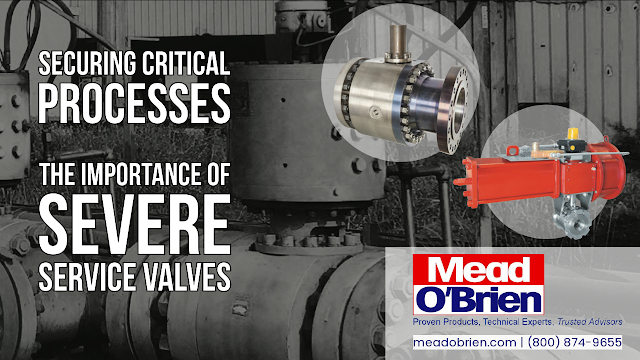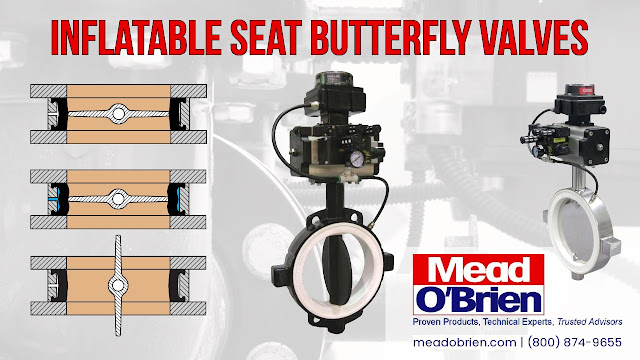How Nanobubble Generators Work
- Dissolution and nucleation: High-pressure forces dissolve gas into a liquid, after which it rapidly depressurizes, leading to the formation of nanobubbles.
- Agitation: Mechanical agitation or other physical processes help form these tiny bubbles by breaking down larger bubbles or by facilitating the nucleation of gas dissolved in the liquid.
Application for Scale Removal and Inhibition in Pipes
Here's how nanobubbles help remove and inhibit scale:
- Surface Interaction: Nanobubbles can effectively interact with mineral particles in the water due to their tiny size and high stability. This interaction can alter the physical properties of the mineral particles, making them less likely to adhere to surfaces and each other.
- Increased Solubility: Nanobubbles can increase the solubility of gases in liquids, which can change the chemical composition of the solution. For example, injecting CO2 as nanobubbles can slightly lower water pH, which can help dissolve existing mineral scales and prevent new scales from forming.
- Physical Cleaning: The high internal pressure and negative charge of nanobubbles can attract them to the positively charged scale deposits, leading to physical disruption of the scale layer and helping break down the scale mechanically.
- Oxidative Properties: When used in nanobubble form, certain gases like ozone can exhibit strong oxidative properties that can chemically break down organic components of scale or biofilm.
Benefits
- Efficiency: Nanobubbles increase gas transfer efficiency in water, making processes like aeration and chemical reactions more effective.
- Energy Savings: Effective scale prevention and removal can significantly reduce energy consumption by maintaining optimal flow rates and system heat transfer efficiencies.
- Environmental Impact: Nanobubbles can reduce the need for harsh chemicals typically used in descaling processes, making them an environmentally friendly alternative.
https://meadobrien.com
(800) 874-9655






